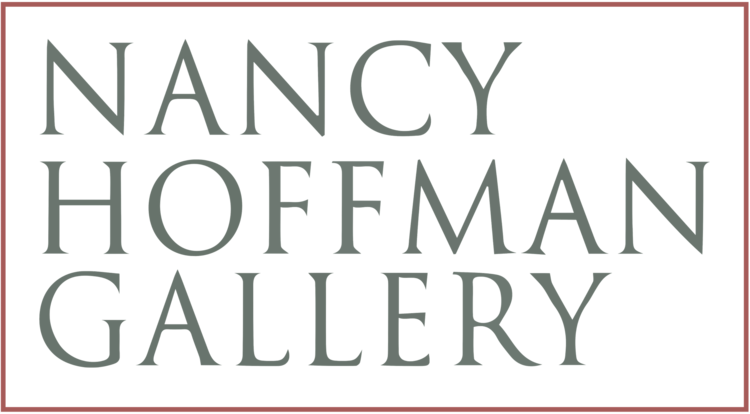Betting on the Farm by Rima Suqi
The first time Purdy Eaton visited Sharon, Connecticut, she’d come to see a friend - on what turned out to be “a brutally cold February weekend,” she says. Despite the weather, Purdy, an artist whose work is shown in galleries across the country, was smitten with the town of about 2700, situated just east of the New York border. To her, Sharon offered “all the good things of a small town - friendly people and access to nature,” plus an easy commute from New York City, where she and her husband, Josh, who runs an investment firm, live in a Tribeca apartment with their children, Sawyer, 14 and Huxley, 11. By the weekend’s end, she’d decided to book a place in town for the summer.
A few week’s into their rental - an idyllic time the family spent swimming Mudge Pond and hiking - she noticed an intriguing house for sale. An 1820s center-hall Colonial, it came with several outbuildings and 50 acres of land. The catch? It had been vacant for years and fallen into such disrepair that the real estate agent was reluctant to show it. The basement was overrun with mold and puddles, a wall was painted with a mural of what looked like ghosts , the brickwork on the chimney’s exterior was unstable, and a family of mice had moved in and gotten very comfortable. “it would be a really big project,” the agent said.
What she didn’t know was that both Purdy and Josh had grown up on farms - she in Indiana, he in Washington State. They were drawn to the stirring landscape, the house’s beautiful floors and moldings, and the fact that it was a five-minute drive to the center of town. As far as they were concerned, it would be an ideal second home where their kids could run freely and everyone could unwind.
Still, the realtor insisted they meet with Rafe Churchill of Hendricks Churchill, a local architecture-and-interior-design firm, before making an offer. She knew he would identify any deal-breakers - he had experience working on old homes, often with his brother Seth, who owns a custom building company; and his wife, Heidi Hendricks, who does the interiors.
Seeing past the wear and tear, the team embarked on a top-to-bottom renovation, pulling off the ornate shutters, rebuilding the chimney, raising the kitchen ceiling, and adding a side entrance and interior French doors. Despite the fact that almost every change required approval from the local historic commission, the job took less than a year.
In that time, Purdy says, “Rafe created a home for today without destroying its original character.” She did the same inside, merging inherited pieces with finds from Etsy, eBay, and antique shops, and making life easier with up-to-date kitchen appliances. All along, she says, her family felt obliged to “honor the history of the house, while we leave our little mark.” In return, the home shaped her, inspiring pieces about “the interaction between humans and nature, the idea of stopping to take in the environment. That’s what this house has given us, “ she says. “an expanded moment in a sliver of time.”



